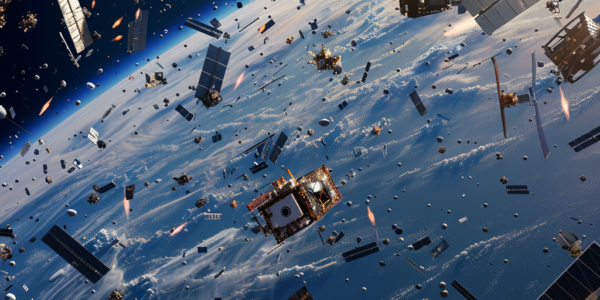Megaconstellations of Satellites Burning Up in Earth’s Atmosphere Raise Environmental Concerns
Megaconstellations of satellites burning up in our atmosphere are raising concerns about the environmental consequences. With thousands of satellites orbiting Earth, researchers are studying the impact of these burn-ups. The increasing number of satellites being launched, like SpaceX’s Starlink program, is adding to the growing concern of space debris re-entering our atmosphere. Calls for increased scrutiny and environmental assessments are being made to safeguard our planet from the repercussions of satellite burn-ups.
Satellite Disposal and Environmental Concerns
SpaceX plans to dispose of 100 Starlink satellites due to a design flaw, raising concerns about the environmental impact of burning up satellites in the atmosphere. With the increasing congestion of low earth orbit, the space sector is prioritizing debris clearing and controlled re-entry of spacecraft to minimize environmental impact.
Video Depicts Terrifying Consequences of Earth Losing Oxygen for Five Seconds
A new video has been causing a stir on social media, shedding light on the terrifying consequences Earth would face if it were to lose all its oxygen for just five seconds. The hypothetical scenario depicted in the video has…



